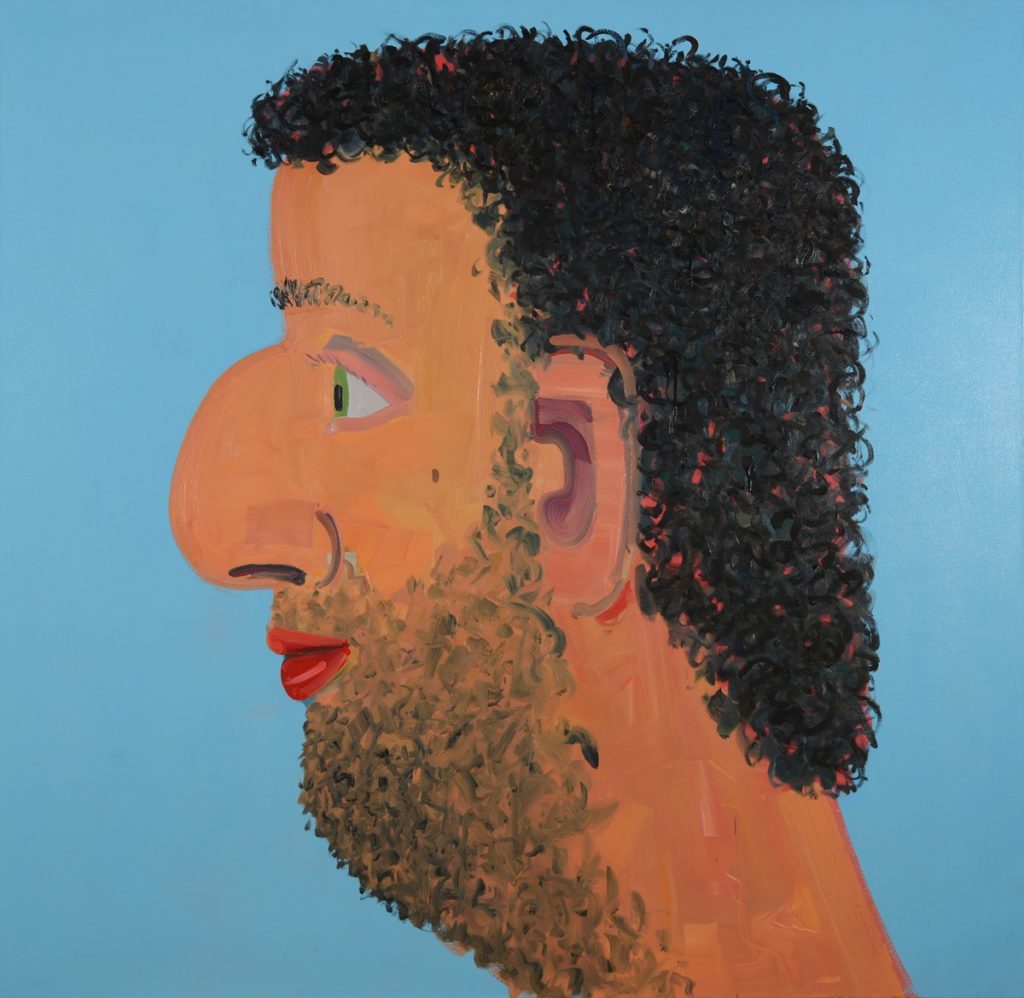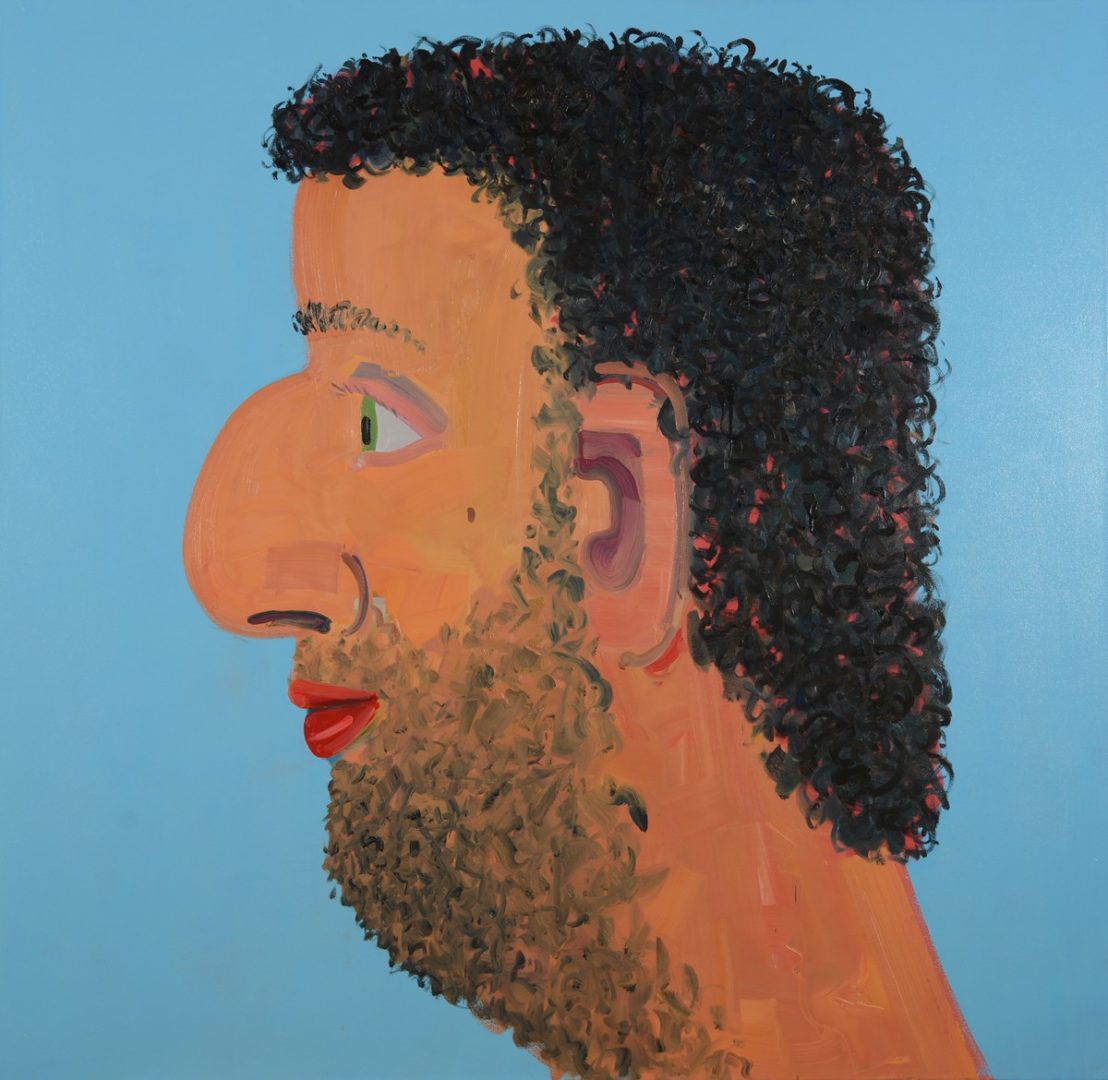
REFORM JUDAISM AND HALACHA
One aspect of Reform Judaism is that it has distanced itself from halacha. But what is halacha? It comes from the verb H-L-KH or “to walk” and guides religious practice according to rules established around the time of the Mishnah (200-220) through the period when Rabbi Joseph Karo (1488-1575) wrote the Shulchan Aruch or “Set Table”. Far from a cookbook, this text presents the entire code of Jewish law.
The work of Moses Mendelssohn (1729-1786), a pious Jew who was interested in the intersection of Judaism and modernity, greatly influenced Leopold Zunz, Samuel Holdheim, and Abraham Geiger, three 19th century German scholars who chose to distance themselves from halacha. JEM, the movement I work with, can be considered the child of this reformed belief from the moment the synagogue on rue Copernic was established in 1907.
Even so, French Reform Judaism has also evolved, undoubtedly with the arrival of the more traditionalist North African Jews; as members of this community, we should be proud of being genuinely pluralist and of accepting many forms of Jewish expression. For the majority, observing the rites of prayer, kashrut, Shabbat and other holidays (although practiced differently) is part of their identity.
It shouldn’t, therefore, come as a surprise that we question halacha on a subject that hangs by a thread—or rather a hair: male hair removal. Let’s jump right into it.
THE FOUNDING VERSE
It is written in the Torah (Deuteronomy 22:5): “A woman must not wear a man’s garment, nor shall a man wear a woman’s cloak, for the Lord your God detests anyone who does this.”
What is this man’s garment? A weapon. This answer stems from the fact that the word translated by “man” here is gever (and not the usual ish). It comes from the root G-B-R1 (“to be powerful”) and can refer to war heroes and also to virility. What is the most obvious interpretation of the text? Women shall not wear specifically masculine attire, and men shall not wear feminine clothing.
What logic underpins this argument? First, we know that the Bible “anguishes” before the undifferentiated, before the undefined. This takes us back to the first chapter of Genesis, to the Beginning. Verse 2 describes the initial state of the Earth: “The earth was formless and empty, and darkness covered the surface of the watery depths”. Beginning from this original non-world, the Creator forms “separations”2 between light and darkness, between the waters above and the waters below and up through the separation of masculine (Adam) and feminine (Eve). Later, at Babel, He separates humanity into 70 peoples (Genesis 10 and 11) and, beginning in chapter 12, He separates Abraham from his native land, setting Israel before the nations. The creational movement is propelled by distinction, by differentiation, hence the “anguish” of returning to a previous indistinction with blurred identities.
This may have prompted all the laws prohibiting mixtures (kil’ayim): milk and meat, wool and linen, etc.; and by extension, polytheism and monotheism.
In fact, from the point of view of the Torah, distinct identities must be set—not necessarily to withdraw into their particularism, but in order to establish an ethical relationship we can call the “I and Thou” relationship, to borrow the title from Martin Buber’s book.
Following this logic, the man must assume his masculinity and the woman her femininity. This language is alarming when viewed through a modern feminist and gendered lens. The voice signals its fear of male domination—but in this sense the fear is justified since, biblically speaking, man and woman are complementary. Together, they receive the divine blessing: “Be fruitful and multiply, fill the earth, and subdue it” (Genesis 1:28). Verses 25 to 28 represent one of the pillars of Reform Judaism that I support in the face of a devaluation of the religious status of women in orthopraxic communities.
According to the Torah, woman and man are not interchangeable; this would be an “abomination”. The term to’eva is deconstructed by the midrash as to eva “he is mistaken by that”, anyone who affirms the permutability of identities.
TALMUDIC INTERPRETATION
Often, the Talmud will shift the literal meaning. We turn to Rachi, who synthesizes previous rabbinical discussions in several places. “A woman must not wear a man’s garment: to appear as a man and mix with them, because this can lead to debauchery. And a man must put on a woman’s clothing: to mix with women and sit alongside them. Another explanation: One must not shave pubic hair or hair under the arms.” (TB Nazir 59a) For this is an abomination: the Torah only prohibits garments that lead to an abomination.Elegant words! Here the Talmud changes the literal meaning: the abomination does not lie in wearing clothes of the opposite sex, but in using them for debauched purposes. Here, unisex fashion and Scottish kilts would be justified. Moreover, the Talmud goes beyond dress code to prohibit hair removal for men. The permutability ban is far reaching! But if unisex fashion can be seen as a social trend, couldn’t male hair removal for purely aesthetic or social purposes fall into the same category? Surprisingly, here is what one of Israel’s two current leading rabbis, Rav Yitzhak Yossef, has to say:
A MODERN HALACHIC RESPONSE
“The Shulchan Aruch3 (Yoreh De’ah 182) notes in the name of Rambam (Maimonides) that our scholars have prohibited the shaving of armpits and pubis for men only in places where this is a uniquely feminine practice. But if men practice it too, there is no prohibition. And the Prisha explains that if it is a common practice among Gentiles, we take this behavior into account to conclude that it is not a uniquely feminine custom. And even if some decision-makers oppose this practice, we must not listen since, in this domain, everything depends on place and time. Today, methods for hair removal have developed through the use of creams and laser; therefore, everything is permitted for both men and women—even solely for aesthetic purposes. Of course, it is just as acceptable to remove one’s beard or mustache for the same reasons; this is not governed by the verse: a man shall not dress etc.”
It is interesting to note that a halacha can take cultural developments into account, not in order to bend the culture, but to follow general practices. Beyond the question of hair removal, could not new social trends, in the name of halacha (and not against it), consider adapting to a world so different from that of Antiquity? Could Reform Judaism practice a form of halacha for our time?
[1] Also found in the name Gabriel “God is my strength” and in the Muslim phrase Allahu agbar “God is mighty”.
Back to the text
[2] The ceremony that ends Shabbat is called Havdalah “Separation”, which separate Shabbat from the days of the week. Similarly the Kiddush marks the separation between six days of work and the seventh day of rest. The Kiddush marks an elevation in addition to a separation, hence the notion of kedushah, or “holiness”, rather than separation.
Back to the text
[3] All works cited reference traditional Talmud commentary.
Back to the text
Translated by Arielle Aaronson

